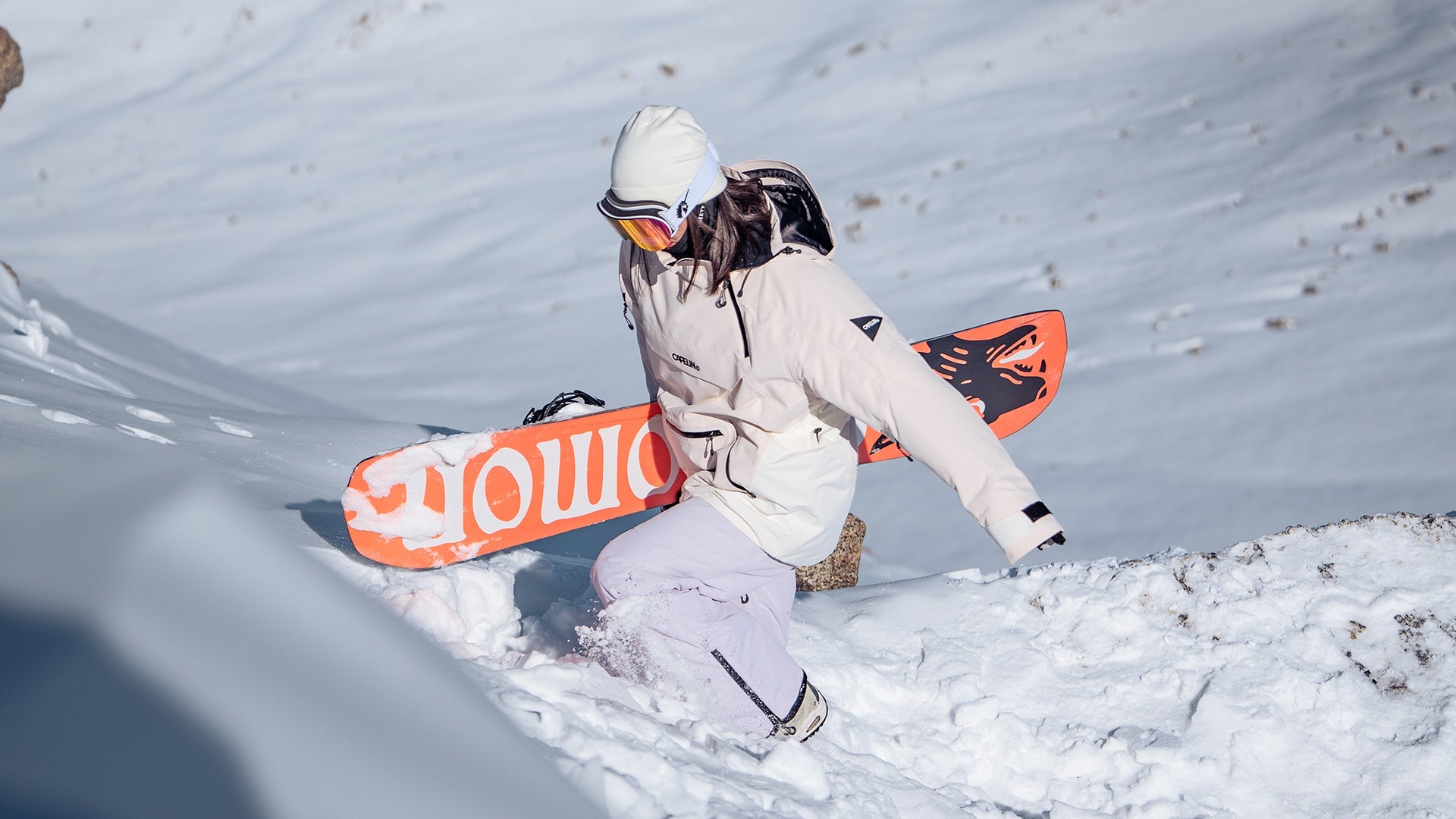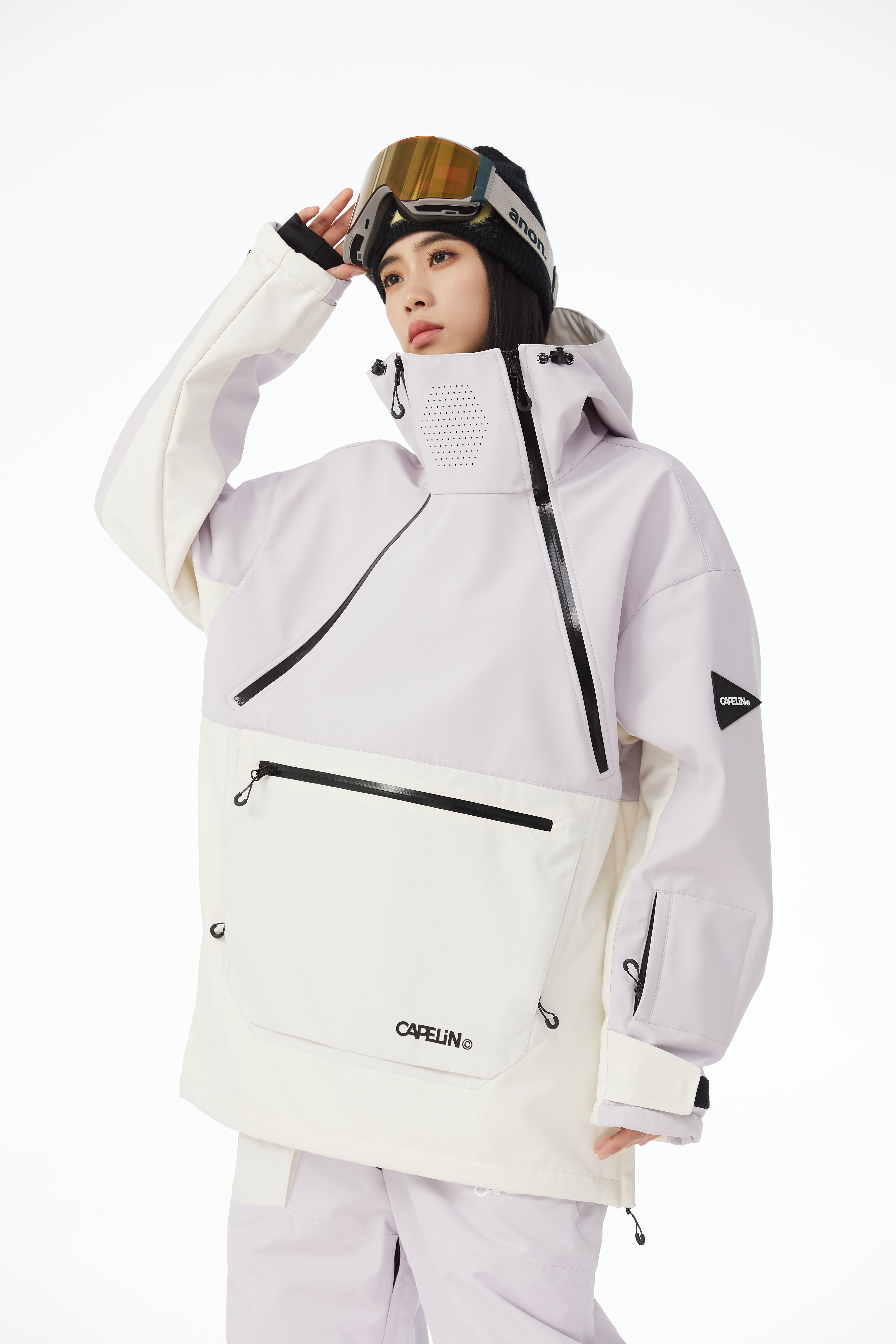Puffer jackets are known for their warmth and insulation, but their suitability for skiing is a topic of debate. Many people argue that they can be practical and comfortable for skiing, while others believe they may not provide the necessary protection and functionality for the sport.
Well, the debate revolves around the insulation, waterproofing, and durability of puffer jackets compared to specialized ski jackets. Some argue that puffer jackets can be suitable for skiing, especially for casual skiing or in milder conditions, while others maintain that dedicated ski jackets are better suited for the sport due to their specific features.
This article will delve into the practicality of skiing in a puffer jacket, examining its benefits and limitations, and considering the factors that influence its suitability for the sport.
Historical Context of Skiing Attire
Ski wear has evolved significantly over the years, moving from traditional wool garments to modern technical fabrics. In the early days of skiing, wool was the primary material used for insulation and warmth. However, as the sport grew in popularity, the need for more functional and fashionable clothing emerged. Wool was replaced by synthetic materials, such as fleece, which provided better waterproofing and warmth.
Furthermore, fashion trends have played a significant role in shaping the way people dress for skiing. In the 1960s, puffer jackets and brightly patterned sweaters became popular skiing attire, while in the 1970s, fitted jackets and matching pants were the trend. The 1980s and 90s saw the rise of neon onesies and spandex, followed by a shift towards lightweight waterproof materials in the 2000s. Today, après-ski clothing is a major part of winter fashion trends, with a focus on sustainability and versatility.
Down the road, Puffer jackets, also known as quilted jackets, have been a staple in winter clothing for decades. They were first introduced in the 1930s by Eddie Bauer, who was inspired by the insulation properties of down. In the 1970s, designer Norma Kamali popularized the ankle-length puffer coat, which is still a popular choice among skiers today.
Characteristics of Puffer Jackets
Puffer jackets are characterized by their quilted design, with "puffy" sections between the stitching. They are filled with down insulation or synthetic fibers, which can provide a high level of warmth depending on the quality of the insulation.
Another thing, these jackets can be filled with down insulation or synthetic fibers. Down-filled jackets are generally warmer, while synthetic down can be comparable if the manufacturer knows how insulation works. The air in the insulation layers helps create barriers against the cold.
Puffer jackets are known for their lightweight and compressible nature, making them easy to pack and carry. They are often more lightweight than wool or leather, providing a unique combination of warmth and lightness.
Advantages of Skiing in a Puffer Jacket
Puffer jackets are designed to provide warmth by trapping air between the insulation layers. This air acts as an insulator, keeping the wearer warm in cold conditions. Some puffer jackets are filled with down, which is a natural insulator and provides excellent warmth.
Modern puffer jackets are often made with moisture-wicking materials that help keep the wearer dry and comfortable during physical activity. This is particularly important when skiing, as the body generates heat and sweat, which can lead to discomfort if not managed properly.
Puffer jackets can be worn as a mid-layer or outer layer, making them a versatile choice for various winter activities. This can help reduce the need for multiple layers, making it easier to transition between different activities.
Drawbacks and Considerations
Puffer jackets can be bulkier than specialized ski jackets, which may limit the wearer's range of motion. This can be particularly problematic when skiing, as flexibility and mobility are essential for maintaining balance and control.
Puffer jackets are not typically designed to be fully waterproof or windproof, which can be a concern when skiing in wet or windy conditions. Specialized ski jackets are designed to provide better protection against these elements.
The bulkiness of a puffer jacket can also affect the wearer's aerodynamics and speed while skiing. While this may not be a significant concern for casual skiers, it can be a factor for those who are more performance-oriented.
Technical Aspects to Consider
When choosing a puffer jacket for skiing, it is essential to consider the waterproof rating and breathability level. Look for jackets with high waterproof ratings and good breathability to ensure optimal performance on the slopes.
Puffer jackets can be worn as a mid-layer or outer layer, depending on the conditions. Layering strategies can maximize warmth and mobility while skiing, allowing for better performance and comfort.
When skiing in a puffer jacket, it is essential to ensure compatibility with other ski gear. Look for jackets that can be worn with helmets, goggles, and gloves without causing discomfort or interfering with the functionality of these items.
Safety Concerns and Recommendations
Puffer jackets may not provide the same level of visibility as specialized ski jackets. Consider the visibility of the jacket when skiing in low-light conditions or on busy slopes.
Ensuring a proper fit and making necessary adjustments are crucial when skiing in a puffer jacket. This will help maintain freedom of movement and prevent any potential restrictions on mobility.
Be prepared for changing weather conditions when skiing in a puffer jacket. Carry appropriate gear, such as extra layers, waterproof covers, or a dedicated ski jacket, in case the weather turns unfavorable.
Conclusion:
Skiing in a puffer jacket can be a viable choice for some skiers, particularly for casual skiing or in milder conditions. Puffer jackets offer superior warmth and versatility, making them suitable for various winter activities. However, they can be bulkier and less waterproof than specialized ski jackets, which may impact mobility and performance.
Ultimately, the decision to ski in a puffer jacket depends on individual preferences, skiing style, and weather conditions. Skiers should weigh the advantages and limitations of puffer jackets and consider their specific needs before making a choice.













2 comments
josh allen buffalo bills blue puffer vest
Nice article! By the way, I found a really good josh allen buffalo bills blue puffer vestat an affordable price recently. If you’re into jackets, you might want to check it out!
travis kelce chiefs player red puffer jacket
Helpful post! Got a travis kelce chiefs player red puffer jacket jacket, it’s amazing – try it too!